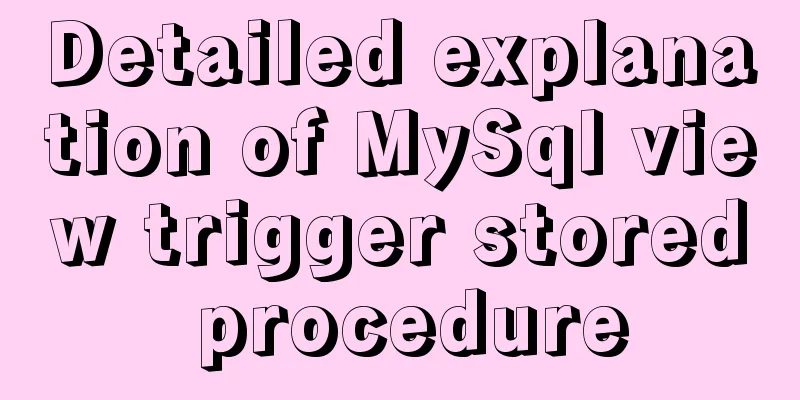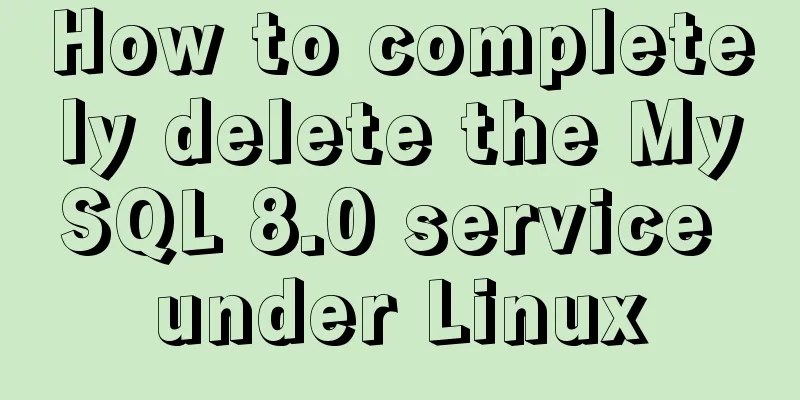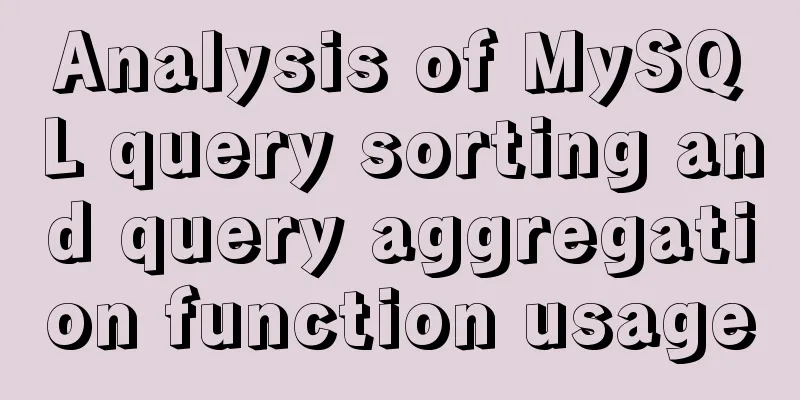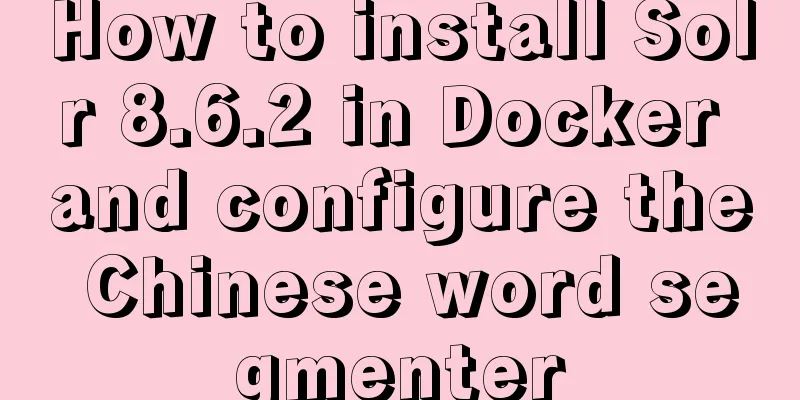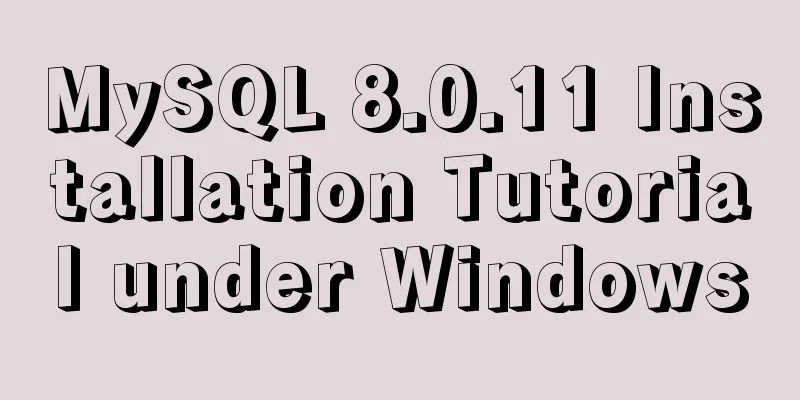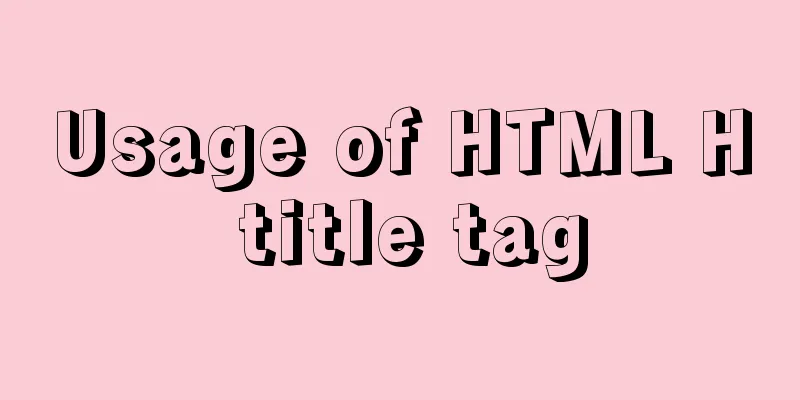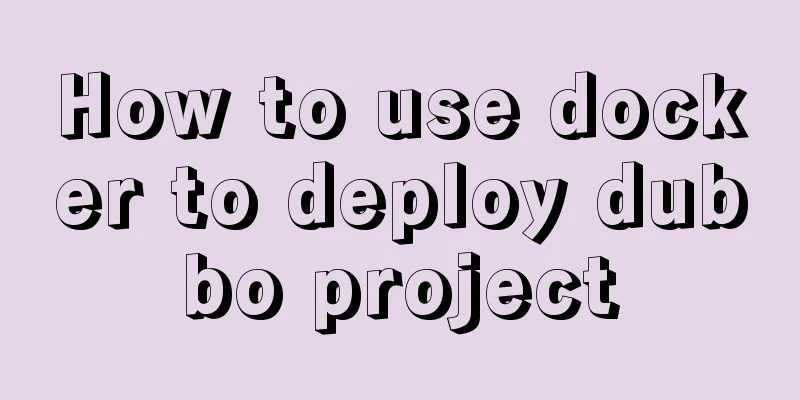Spring Boot 2.4 new features one-click build Docker image process detailed explanation
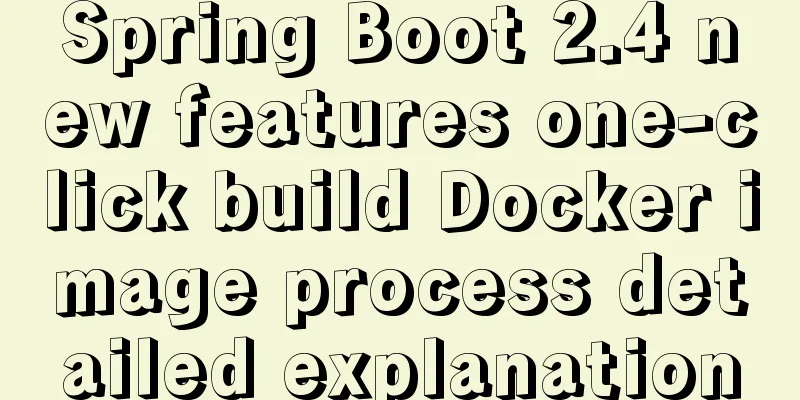
|
background In order to support Docker containerization during our development process, we generally use Maven to compile and package and then generate images, which can greatly improve the online efficiency, and can also quickly and dynamically expand capacity and quickly roll back, which is really convenient. The docker-maven-plugin plugin is designed to help us automatically generate images and push them to the warehouse through simple configuration in Maven projects. spotify, fabric8 The two main plug-ins used here are spotify and fabric8, ... -Configure the Dockerfile through XML or mount an external Dockerfile to build an image by calling the Docker remote api All containerization of the pig microservice platform is based on this construction <plugin> <groupId>com.spotify</groupId> <artifactId>docker-maven-plugin</artifactId> ... -Configure the Dockerfile defined by XML or mount an external Dockerfile </plugin> <plugin> <groupId>io.fabric8</groupId> <artifactId>docker-maven-plugin</artifactId> ... -Configure the Dockerfile defined by XML or mount an external Dockerfile </plugin> Execute the corresponding plug-in cycle mvn docker:build && mvn docker:push jib The amount of code that actually changes each time a project is released is not large, especially the possibility of changes in the dependent jars is small. If the first two plug-ins are used to build the image, a full build will be performed each time, resulting in a waste of storage and bandwidth resources. Jib is a tool for building images for Java applications released by Google in July 2018 (supporting Maven and Gradle). The advantage is that it can reuse the build cache, speed up the build, and reduce the transmission volume. <!--Configure the Dockerfile through XML, which is essentially the same as the external Dockerfile --> <plugin> <groupId>com.google.cloud.tools</groupId> <artifactId>jib-maven-plugin</artifactId> </plugin> mvn jib:dockerBuild Problems with the above three solutions In the actual development process, most spring boot projects build Dockerfiles in the same way, and do not need to be redefined through XML or external Dockerfiles. The above plugins require a relatively good knowledge of Dockerfile definitions, which is not developer-friendly. There is no good reason to use the Jar layering technology after Spring Boot 2.3. Solution Spring Boot 2.4 launched its own docker build tool integrated into the original spring-boot-maven-plugin. You only need to configure the corresponding target warehouse and host information to complete the image building.
The following configuration can complete the above figure. Without installing Docker on the development machine, the image is built through the Docker Remote API of 192.168.0.10 and published to the image warehouse of 192.168.0.20.
<plugin>
<groupId>org.springframework.boot</groupId>
<artifactId>spring-boot-maven-plugin</artifactId>
<configuration>
<image>
<name>192.168.0.20/pig4cloud/${project.artifactId}</name>
<!-- Automatically push after build is executed -->
<publish>true</publish>
</image>
<!--Configure the build host information, no configuration is required for this machine-->
<docker>
<host>http://192.168.0.10:2375</host>
<tlsVerify>false</tlsVerify>
<publishRegistry>
<username>username</username>
<password>password</password>
<url>192.168.0.20</url>
</publishRegistry>
</docker>
</configuration>
</plugin>Execute the following command to complete the image building and automatic release mvn spring-boot:build-image Other notes Docker host configuration does not take effect The node is configured as shown in the figure below ①, but ② reports an error indicating that the host is inconsistent
Check whether the $DOCKER_HOST environment variable is configured locally. After reading the source code, I found that this variable is read first. ⋊> ~ echo $DOCKER_HOST 11:07:51 tcp://172.17.0.111:2375 Network support Intercepting some logs during the build process, the following requires downloading related dependencies of about 100M from GitHub, and this process is likely to fail. It is recommended to solve this problem by configuring a proxy or using a foreign ECS. :: Spring Boot :: (v2.4.0) [INFO] > Running creator [INFO] [creator] Downloading from https://github.com/bell-sw/Liberica/releases/download/8u275+1/bellsoft-jre8u275+1-linux-amd64.tar.gz [INFO] [creator] JVMKill Agent 1.16.0: Contributing to layer [INFO] [creator] Downloading from https://github.com/cloudfoundry/jvmkill/releases/download/v1.16.0.RELEASE/jvmkill-1.16.0-RELEASE.so [INFO] [creator] Downloading from https://repo.spring.io/release/org/springframework/cloud/spring-cloud-bindings/1.6.0/spring-cloud-bindings-1.6.0.jar [INFO] [creator] Verifying checksum [INFO] [creator] 192.168.0.20/pig4cloud/demo:latest [INFO] [INFO] Successfully built image '192.168.0.20/pig4cloud/demo:latest' [INFO] > Pushing image '192.168.0.20/pig4cloud/demo:latest' 100% [INFO] > Pushed image '192.168.0.20/pig4cloud/demo:latest' [INFO] BUILD SUCCESS This is the end of this article about Spring Boot 2.4's new feature of building Docker images with one click. For more information about Spring Boot 2.4 building Docker images, please search for previous articles on 123WORDPRESS.COM or continue to browse the following related articles. I hope you will support 123WORDPRESS.COM in the future! You may also be interested in:
|
<<: Use mysql to record the http GET request data returned from the url
>>: Testing of hyperlink opening target
Recommend
Detailed explanation of 7 SSH command usages in Linux that you don’t know
A system administrator may manage multiple server...
Detailed explanation of JavaScript onblur and onfocus events
In HTML pages, visual elements such as buttons an...
Introduction to basic concepts and technologies used in Web development
Today, this article introduces some basic concept...
Details on using regular expressions in MySQL
Table of contents 1. Introduction 2. Prepare a pr...
Reasons and solutions for multiple executions of the watch method when Vue monitors route changes
Table of contents Requirement description: Requir...
Implementation of tomcat image created with dockerfile based on alpine
1. Download the alpine image [root@docker43 ~]# d...
Detailed explanation of the installation and use of Linux scheduled tasks crontabs
Install crontab yum install crontabs CentOS 7 com...
Sample code for implementing water drop ripple animation button effect with CSS+JS
The code looks like this: <!DOCTYPE html> &...
Implementation steps of js object-oriented encapsulation cascading drop-down menu list
The cascading drop-down menu developed in this ex...
Vue.js implements the code of clicking the icon to zoom in and leaving
The previous article introduced how Vue can reali...
Vue implements a small countdown function
Countdown function needs to be implemented in man...
Detailed use cases of MySql escape
MySQL escape Escape means the original semantics ...
W3C Tutorial (10): W3C XQuery Activities
XQuery is a language for extracting data from XML...
MySQL 5.7 deployment and remote access configuration under Linux
Preface: Recently I am going to team up with my p...
Summary of the dockerfile-maven-plugin usage guide
Table of contents pom configuration Setting.xml c...


